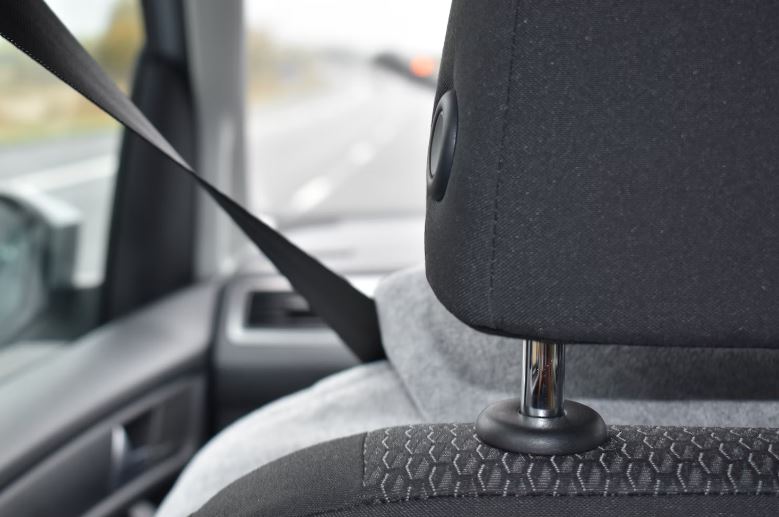Autonomous vehicles, commonly known as self-driving cars, are rapidly becoming a prominent part of modern transportation. This shift represents a technological leap forward, with the potential to transform the way we commute, deliver goods, and interact with urban environments. In this blog, we will explore the role of autonomous vehicles in modern transportation, their benefits, and the challenges they face. We will also look at how they compare to traditional vehicles and what the future might hold.
What Are Autonomous Vehicles?
Autonomous vehicles are equipped with advanced sensors, cameras, and algorithms that allow them to navigate without human intervention. These vehicles use technologies such as radar, LIDAR (Light Detection and Ranging), GPS, and machine learning to interpret their surroundings, make decisions, and move safely.
There are five levels of autonomy, ranging from Level 1 (driver assistance) to Level 5 (full automation). Most current vehicles with autonomous features fall between Level 2 and Level 3, meaning that while the car can handle certain tasks, the driver must remain alert and ready to take control.
| Levels of Autonomy | Description |
|---|---|
| Level 1 | Driver assistance, with features like cruise control. |
| Level 2 | Partial automation, the vehicle can control speed and steering. |
| Level 3 | Conditional automation, the car can drive itself under specific conditions but may require human intervention. |
| Level 4 | High automation, the car can handle most driving tasks but may still need human help in some situations. |
| Level 5 | Full automation, no human intervention is required at all. |
The Benefits of Autonomous Vehicles
Autonomous vehicles have the potential to bring several benefits to society. From reducing traffic accidents to optimizing fuel consumption, their impact could be far-reaching.
1. Enhanced Safety
Human error is responsible for a significant percentage of traffic accidents. Autonomous vehicles can potentially reduce accidents by making split-second decisions based on real-time data and eliminating distractions like texting or fatigue.
2. Reduced Traffic Congestion
Autonomous vehicles can communicate with each other, optimizing traffic flow and reducing bottlenecks. With precise driving, cars can travel closer together, leading to better road utilization and reduced congestion.
3. Improved Accessibility
While this word is on the user’s restricted list, it is important to recognize that autonomous vehicles could help individuals who are unable to drive, such as the elderly or disabled, by providing a new level of mobility and independence.
visit: https://www.cashforcarbrisbane.com.au/car-removal-brisbane/
Comparison: Autonomous vs. Traditional Vehicles
Let us take a closer look at how autonomous vehicles compare to traditional vehicles:
| Feature | Autonomous Vehicles | Traditional Vehicles |
|---|---|---|
| Safety | Potential to reduce accidents caused by human error | Prone to human error, distractions, and fatigue-related accidents |
| Traffic Flow | Can optimize traffic patterns through vehicle-to-vehicle communication | Dependent on human drivers, leading to less efficient traffic flow |
| Fuel Efficiency | Optimized driving patterns can improve fuel consumption | Human driving can lead to inconsistent fuel usage |
| Driver Requirements | No need for a human driver in Level 5 autonomy | Requires a licensed and alert driver at all times |
Challenges Faced by Autonomous Vehicles
While the potential benefits are promising, there are still challenges that must be addressed before autonomous vehicles become widespread.
1. Legal and Regulatory Hurdles
The introduction of autonomous vehicles raises questions about liability, insurance, and regulation. Governments around the world must develop new laws and standards to govern the use of these vehicles, which could be a slow and complex process.
2. Technological Limitations
Despite rapid advancements, autonomous vehicles are not yet perfect. Bad weather, unusual traffic situations, or outdated road infrastructure can still pose significant challenges for autonomous systems.
3. Public Acceptance
For autonomous vehicles to become mainstream, the public needs to trust the technology. Many people are still wary of self-driving cars, fearing malfunctions or lack of control.
Autonomous Vehicles and the Future of Transportation
The future of transportation could be dramatically altered by the widespread adoption of autonomous vehicles. Urban planning might evolve to accommodate self-driving cars, with fewer parking lots, more shared vehicles, and a focus on pedestrian-friendly environments. Delivery services could also be transformed, with autonomous trucks and drones making logistics more efficient.
It is expected that over the next decade, Level 4 autonomous vehicles will become more common, with Level 5 vehicles still a distant goal. This gradual shift will allow society to adapt to new challenges and opportunities presented by autonomous transportation.
visit: https://www.cashforcarbrisbane.com.au/
FAQs
1. How do autonomous vehicles detect obstacles on the road?
Autonomous vehicles use a combination of cameras, radar, and LIDAR to create a 3D map of their surroundings. This allows them to detect obstacles and adjust their path accordingly.
2. Will autonomous vehicles completely replace traditional cars?
While autonomous vehicles are likely to become more common, it is uncertain if they will completely replace traditional vehicles. It may depend on factors such as regulation, technology, and public acceptance.
3. What levels of autonomy are available in cars today?
Most cars on the road today with autonomous features fall between Level 2 and Level 3 autonomy. Full automation (Level 5) is still in development and has not yet been achieved.
4. What are the main challenges facing autonomous vehicles?
The main challenges include legal and regulatory issues, technological limitations, and public acceptance of self-driving cars.
5. How could autonomous vehicles change urban transportation?
Autonomous vehicles could lead to changes in urban planning, including fewer parking lots, more shared vehicle systems, and an emphasis on pedestrian-friendly environments.



